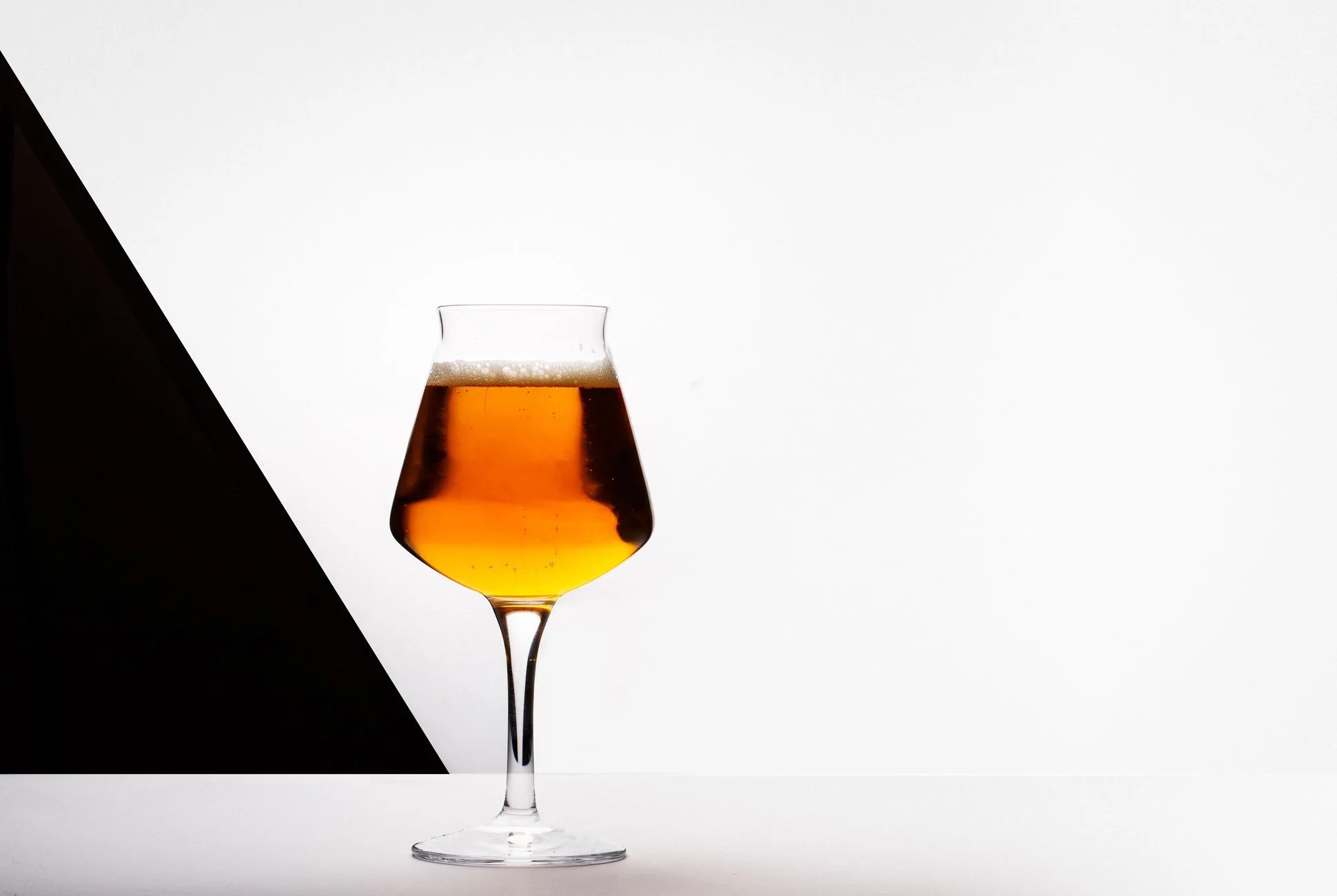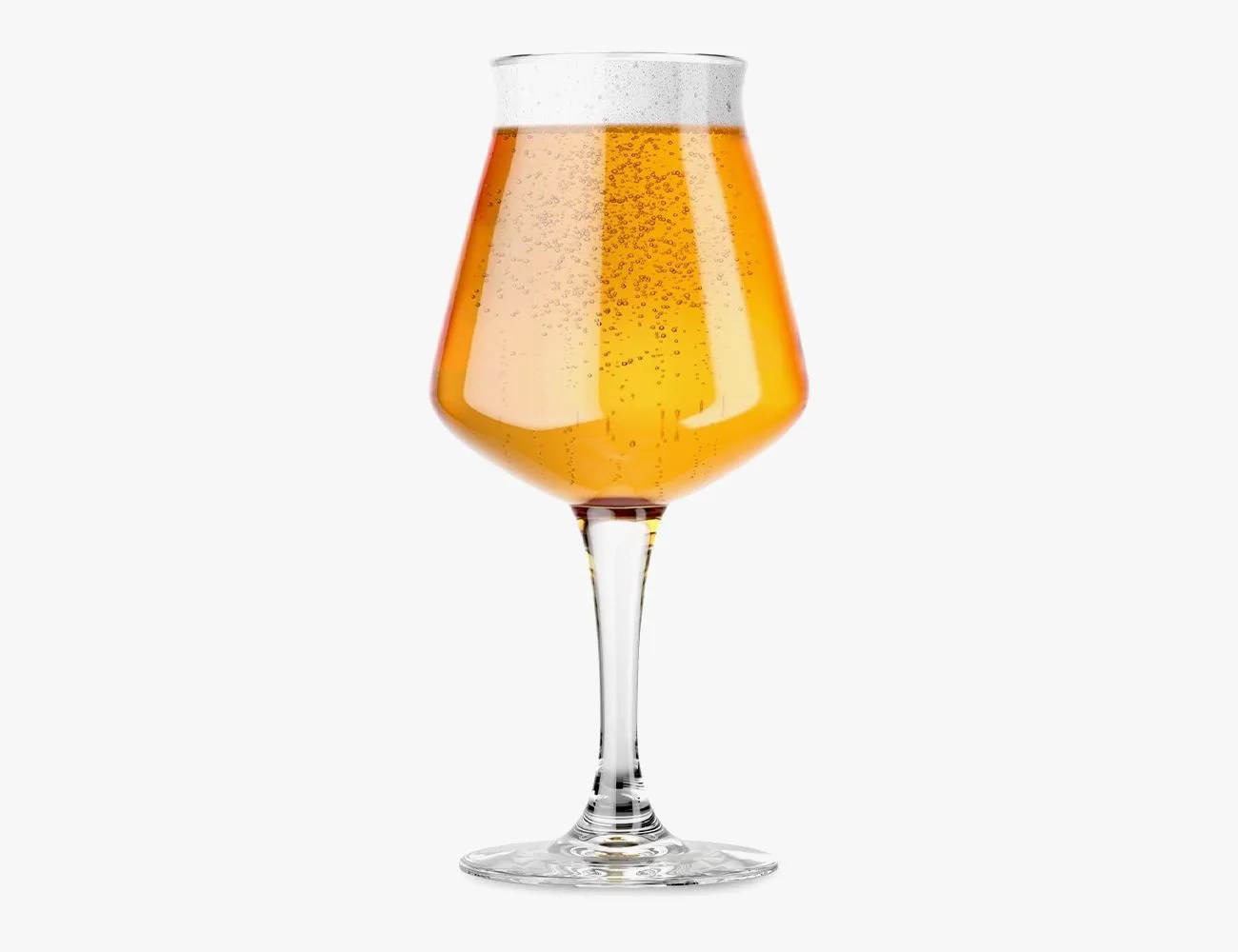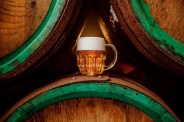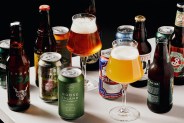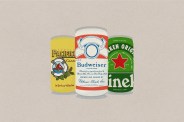There’s satisfaction to be had in the heft of a pint glass, the definitive knock as it’s set down, empty, on a hard surface. But as craft beer grows more varied and complex, and as palates become more inquisitive and discerning, glassware, too, is evolving.
With contours designed to enhance aromas and amplify flavors, stemware has become the all-purpose glass of choice for many American brewers and barkeeps.
Belgian influence
Belgian breweries have long touted specific glasses for specific style of beer — flutes and snifters for lambics and gueuzes, chalice-style goblets for dubbels and tripels. Tulips and Willi Becher pints could occasionally be found in the States, but the conical pint has remained the de facto beer glass for decades, due almost exclusively to its durability and stackability.
Over the last decade, however, tides have shifted. Craft bars and brewers have begun to serve beer in stemware traditionally reserved for wines — often wide-bowled glasses reserved for full-bodied reds, but also the more columnar ISO (International Standards Organization) tasting glass.
“These guys are straight up putting beer in a Cabernet glass. That’s cool.”
Cory Bonfiglio, owner of Brooklyn’s Beer Street and former bartender and partner at renowned bar Proletariat, recalls Spuyten Duyvil, a beer bar in Williamsburg, using wine glasses more than a decade ago.
“There were other places using [footed] Belgian glasses before American craft really took off,” he says. “But that was the first instance of my being, like, ‘Okay, this is interesting. These guys are straight up putting beer in a Cabernet glass. That’s cool.’”
